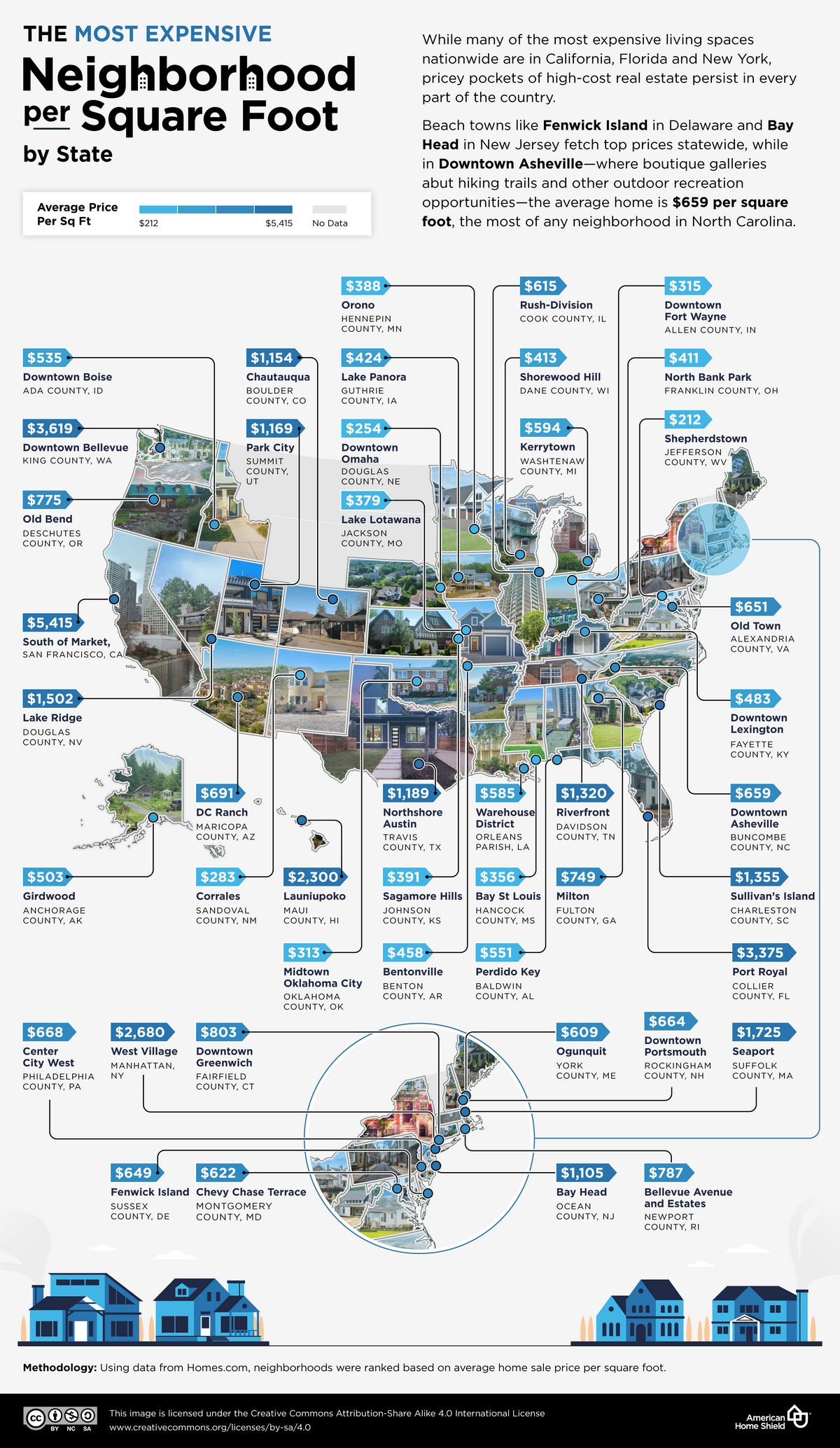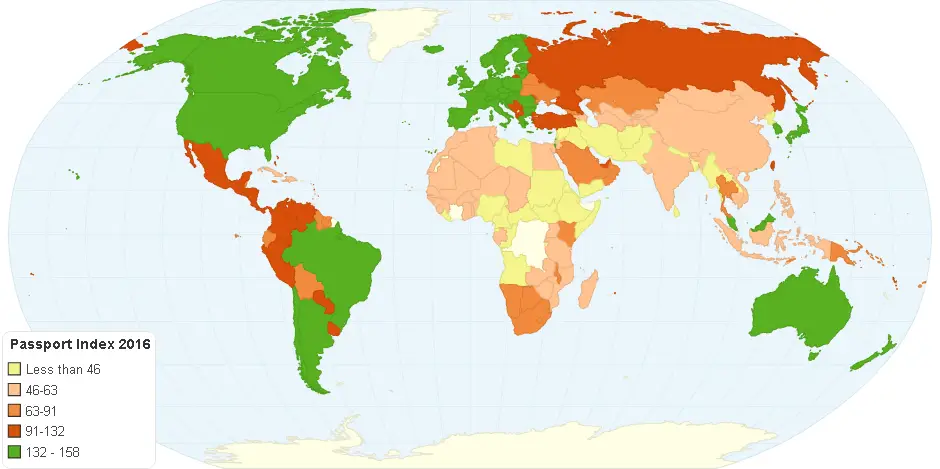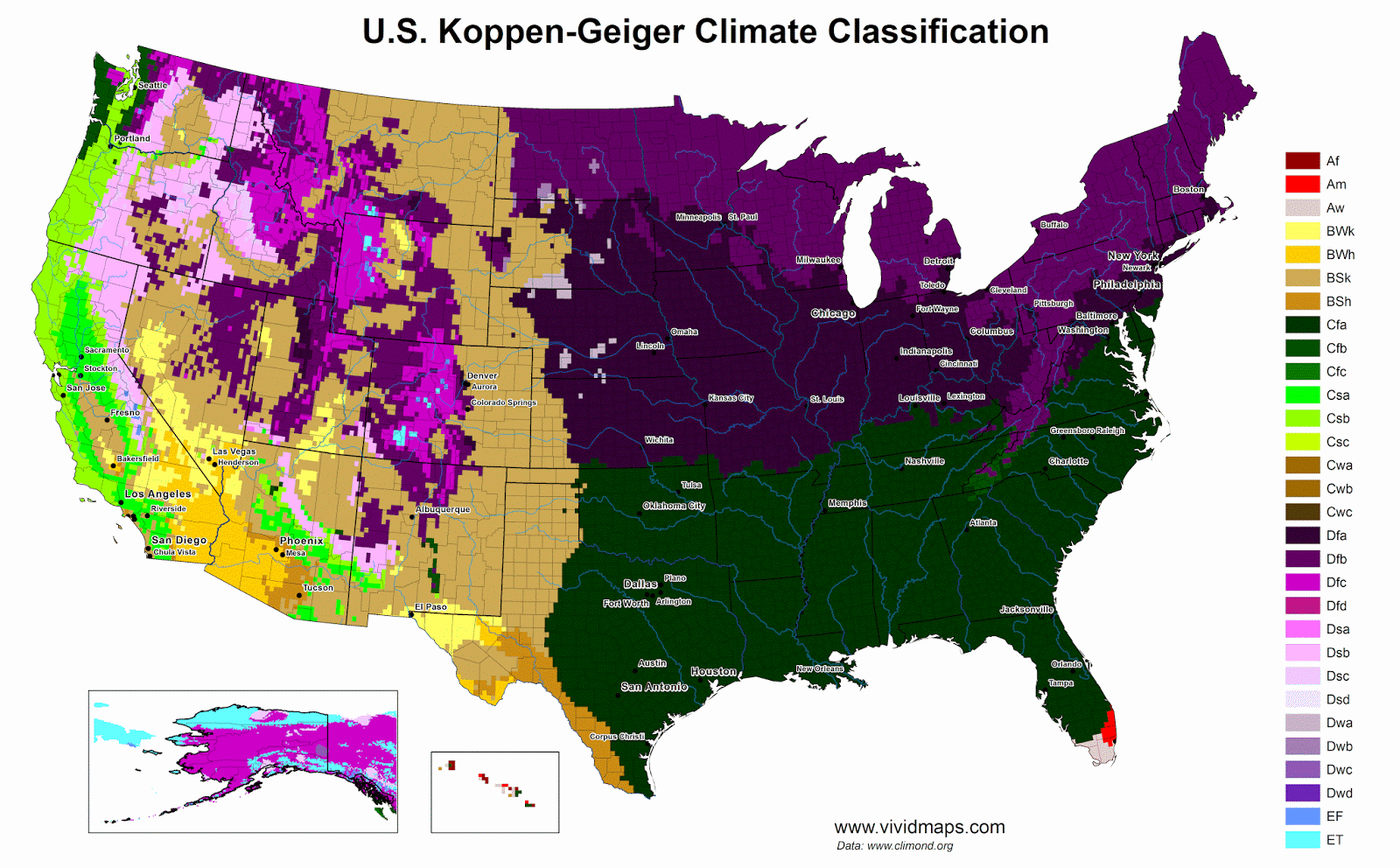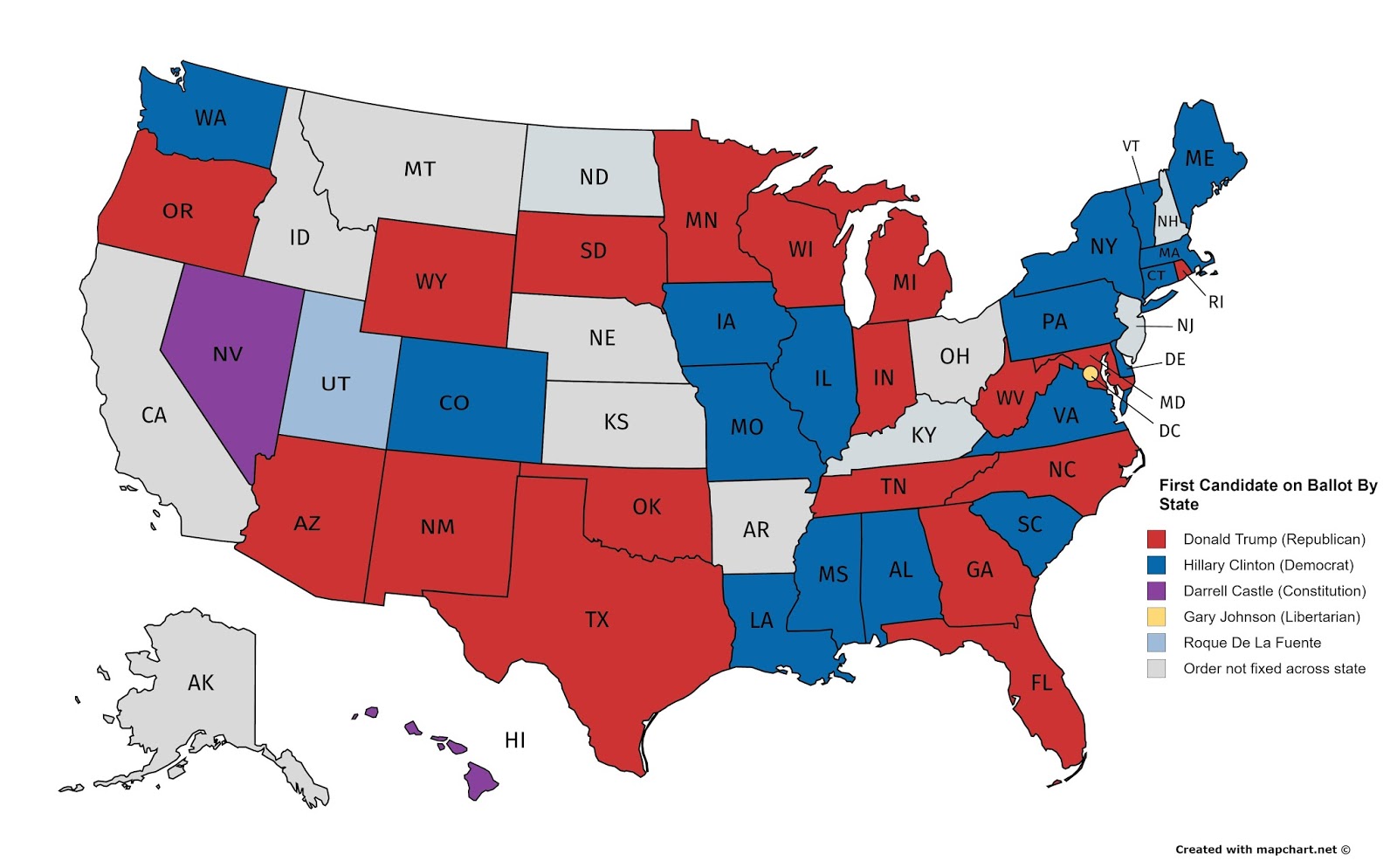Indians of South America
Long before European explorers set foot on the shores of South America, the continent was home to a vast and diverse network of Indigenous cultures. These early inhabitants, often referred to as Paleo-Indians, arrived more than 20,000 years ago, crossing the land bridge from Asia into North America and gradually moving southward. Over millennia, they adapted to the continent’s diverse landscapes, from the Andean highlands to the Amazon rainforest and the windswept plains of Patagonia.

The First South Americans
Archaeological evidence suggests that the first human settlements in South America date back at least 20,000 years. Sites in Peru’s Andes, Brazil’s Amazon, and Argentina’s Patagonia all show signs of early habitation, with tools and artifacts indicating a hunter-gatherer lifestyle.
These early societies developed in response to their surroundings, with some establishing agricultural communities while others remained nomadic. The Amazon basin, for example, was home to civilizations that created extensive earthworks and managed the rainforest in ways that scientists are still uncovering today.
Mapping South America’s Indigenous Cultures
The map above, originally published by National Geographic in 1982, highlights the Indigenous groups that occupied South America before and during European contact. It divides the continent into six broad cultural regions, showing where different groups lived and how their ways of life were shaped by geography.
Some of the most well-known Indigenous civilizations include:
- The Inca Empire – Dominating the Andes, the Incas built an extensive road system and advanced agricultural terraces.
- The Mapuche – Skilled warriors and one of the few Indigenous groups that resisted Spanish colonization in Chile and Argentina.
- The Yanomami – Living deep in the Amazon rainforest, they maintain a semi-nomadic lifestyle and a unique social structure (source: Survival International).
- The Guaraní – Known for their influence on South American languages and cultures, with millions of speakers of the Guaraní language today.
The Impact of Colonization
European arrival in the 15th and 16th centuries dramatically altered the Indigenous landscape. The introduction of diseases like smallpox and measles devastated many populations, while warfare and forced labor further reduced their numbers. By the time the first detailed maps of South America were drawn in the 16th century, many Indigenous cultures had already been irrevocably changed.
Despite this, Indigenous communities have endured, preserving languages, traditions, and knowledge about the land. Today, movements across South America continue to fight for Indigenous rights, land recognition, and cultural preservation.
If you’re interested in South America’s geography, history, and Indigenous cultures, check out these South America map posters available on Amazon:








